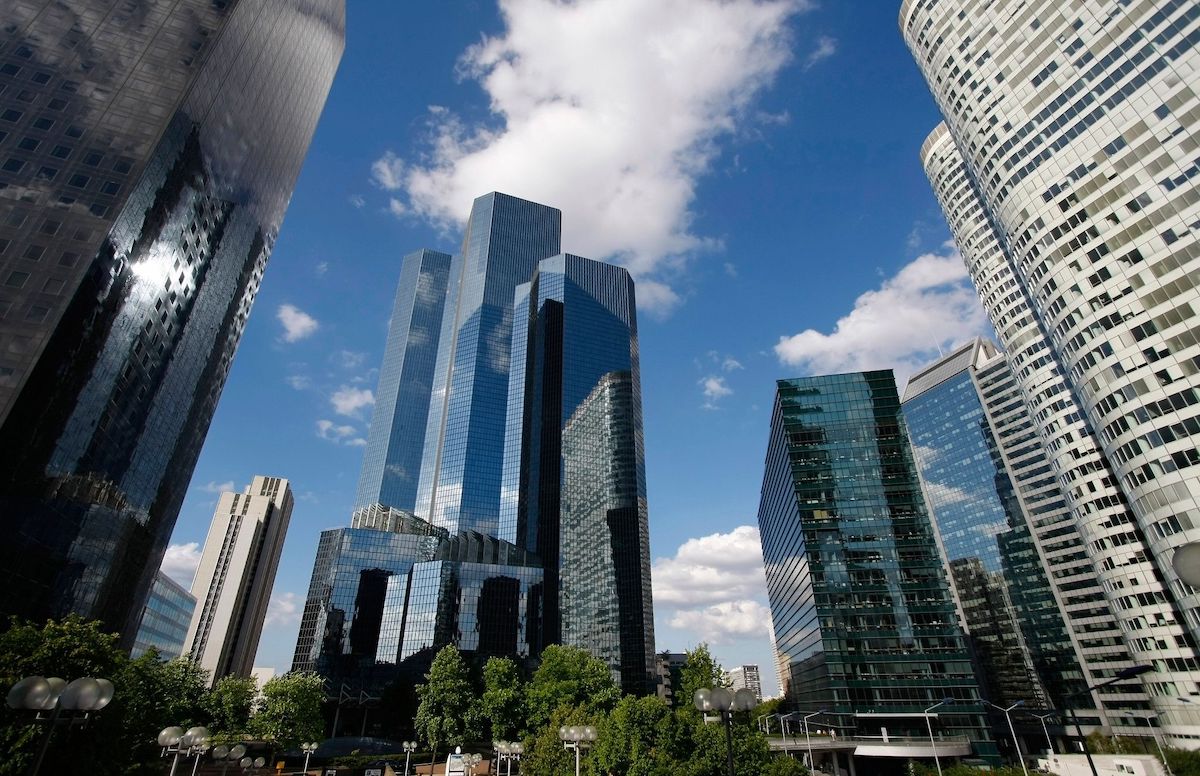AI in Urban Planning: Learning for Outcome-Driven Design

More than six billion people around the world are expected to live in cities by 2050. To meet that growing need, we need to build a staggering number of buildings—as many as 13,000 a day by some estimates. And we’ll need to create denser and more complex designs, too—and create them in a sustainable way.
Håvard Haukeland and his partners sensed this problem and got to work creating a new digital tool for early phase urban planning that generates and evaluates designs against multiple parameters. The result? Spacemaker, a powerful AI-based tool to support designers with planning solutions based on more than 100 different criteria—from wind and sunlight to energy efficiency and noise pollution.
As Haukeland told Architosh , “This [urbanization] is a global problem; we need to build so much more in every city. When we build more densely, it is technically more difficult. There are more stakeholders, and with that comes more complexity.”
Originally, Spacemaker was only available to architects if the real estate developer they were working with had chosen a specific tech stack. But recently, Autodesk and Spacemaker announced that architects located in the EMEA region can now purchase Spacemaker directly, and those in the US can join a pilot program. That means architects can adopt generative techniques in site planning and begin the transition to outcome-driven approaches in early-phase design.
Ready to learn more about urban planning and Spacemaker? Check out this related learning:
Accelerate Your Project Planning and Design Space with Spacemaker
Want to see Spacemaker in action? This case study from Denmark follows a team using it to test regulatory requirements, explore design options, and optimize for factors like sun, wind, and noise.
Spacemaker Roadmap
What’s next for Spacemaker? Check out this session highlighting where early stage building design is headed—and learn what new features Spacemaker product managers will be introducing soon.
Outcome-Based Design
Which decisions are best made by a person, and which are best made by a machine? Samuel Omans shares how architects are in the midst of a new industrial revolution powered by AI and machine learning.
AI in Urban Planning Helps Improve Design and Outcomes
When we say urban planning, we’re really talking about designing urban spaces that incorporate every element of the surrounding environment and create a harmonious connection. Ironically, artificial intelligence can help us design cities that are more human. This Redshift video shares the perspective of top Autodesk experts and Spacemaker’s founder, Håvard Haukeland, on how AI in urban planning can help planners find the best design solutions that benefit all.
Learn more about outcome-driven design in architecture and construction at Autodesk University anytime.




